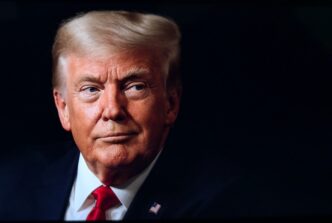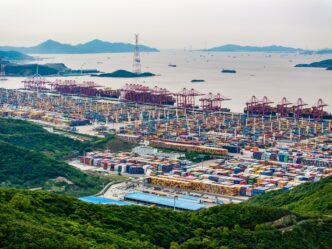In a significant development, Indian Prime Minister Narendra Modi and U.S. President Donald Trump have set an ambitious target to more than double bilateral trade between the two nations to $500 billion by 2030. This announcement came during a joint press conference held at the White House, highlighting recent tariff reductions by India and the promise of initiating discussions to address trade disparities.
Prime Minister Modi expressed optimism about the future trade relationship between India and the U.S., stating that both countries are committed to concluding a mutually beneficial trade agreement soon. This announcement aligns with India’s recent efforts to reduce tariffs on U.S. imports, a move President Trump acknowledged as a positive step.
Further discussions underscored the importance of collaboration in technology sectors, particularly artificial intelligence and semiconductors. Both countries aim to develop robust supply chains for strategic minerals, strengthening their economic ties.
Meanwhile, President Trump revealed his administration’s plan to impose ‘reciprocal tariffs’ on countries like India, matching the tariff rates these nations impose on the U.S. India currently levies a 17% average tariff on countries with most-favored-nation status, significantly higher than the 3.3% imposed by the U.S.
Raghuram Rajan, a finance professor, noted the potential for achieving the $500 billion trade target, suggesting that India, the world’s largest defense equipment importer, could shift its imports from Russia to the U.S. Additionally, India might increase its purchases of liquified natural gas from American suppliers, helping to balance trade.
However, Daniel Balazs, a research fellow, highlighted ongoing challenges, including issues related to illegal immigration and India’s strategic relationship with Russia, which may strain U.S.-India relations despite the overall optimistic outlook.
The potential doubling of trade between the U.S. and India represents a significant opportunity for both nations. As they work towards this ambitious goal, the focus on reducing trade barriers and enhancing cooperation in key economic sectors will be crucial. Although obstacles remain, the commitment to building a stronger partnership is evident and could pave the way for a robust future relationship.








